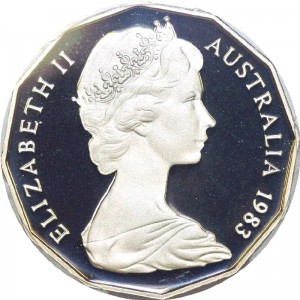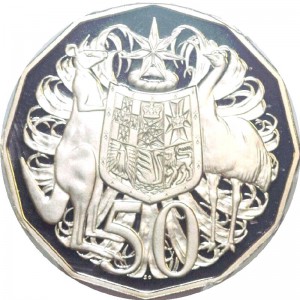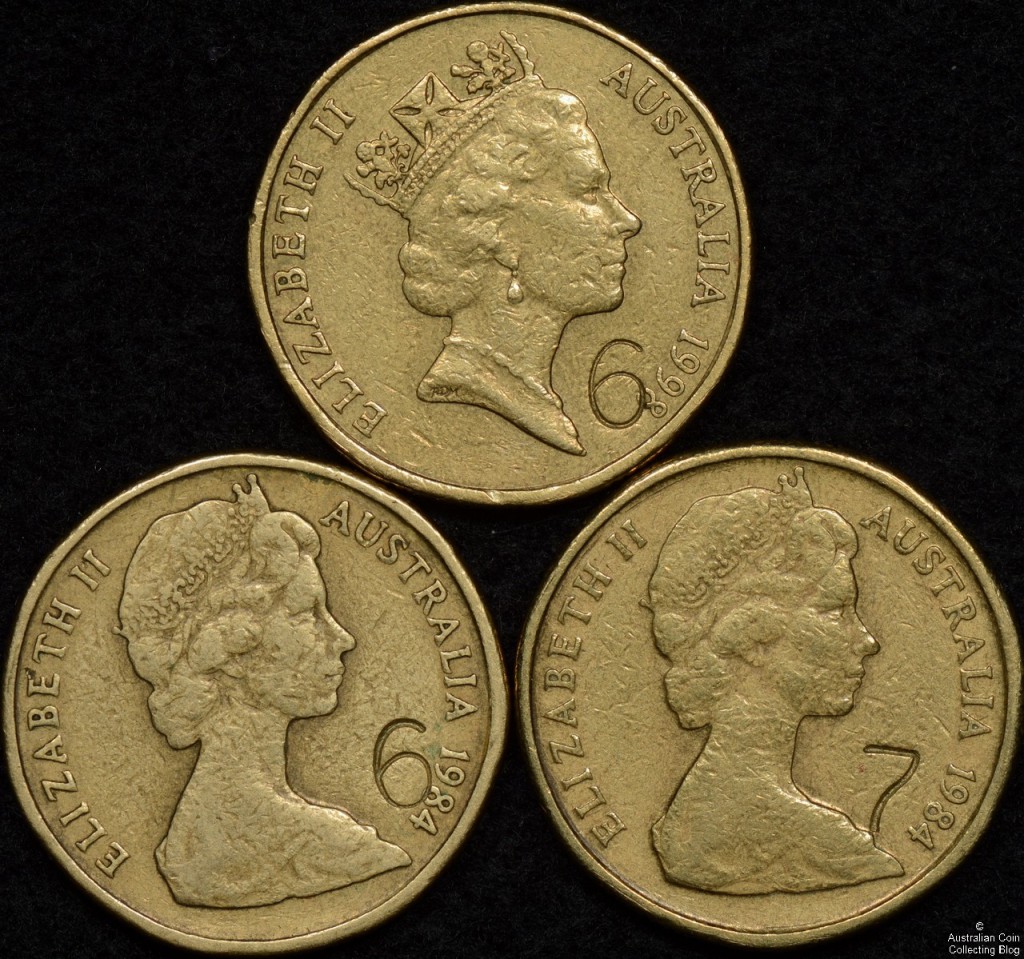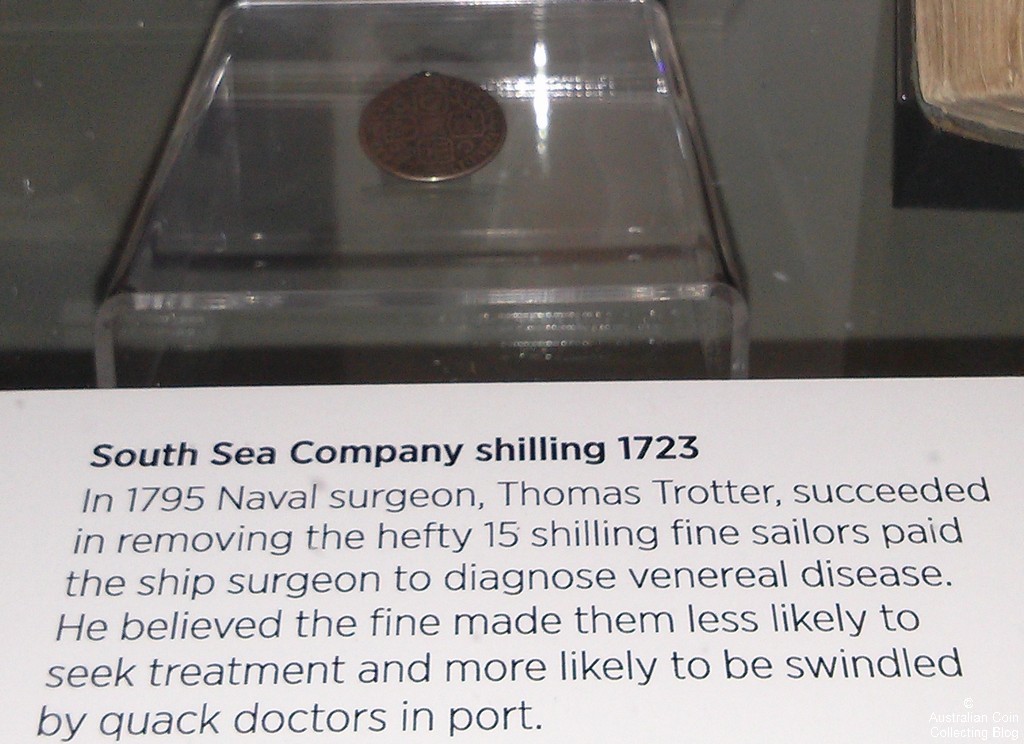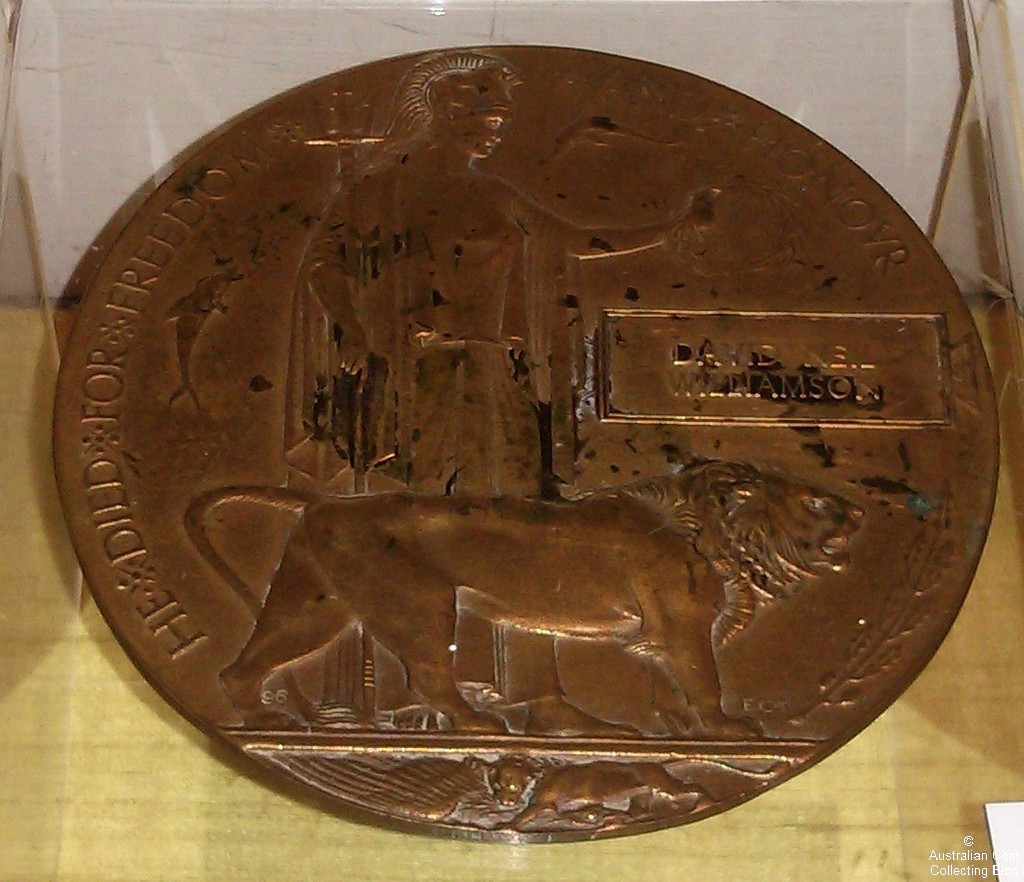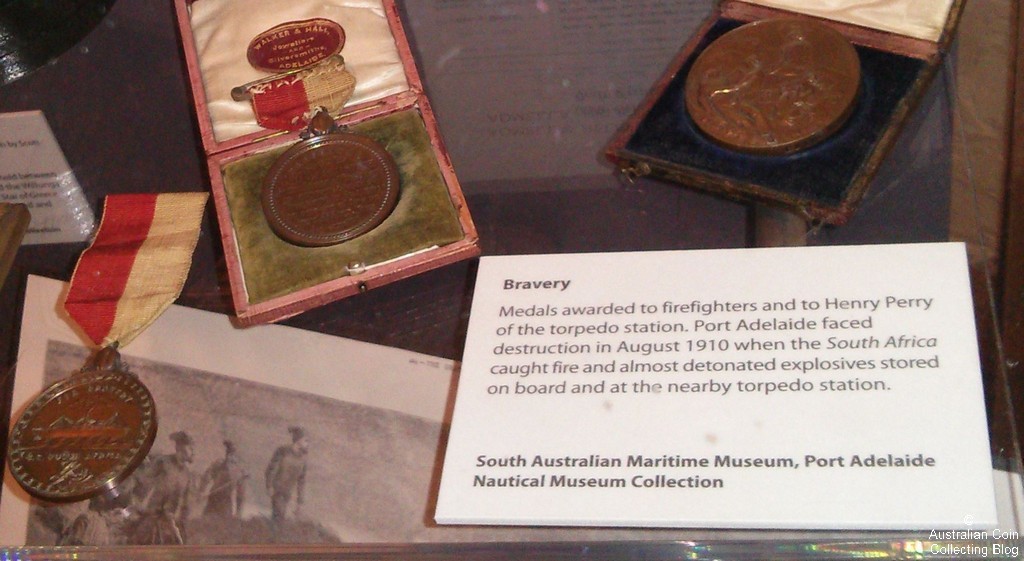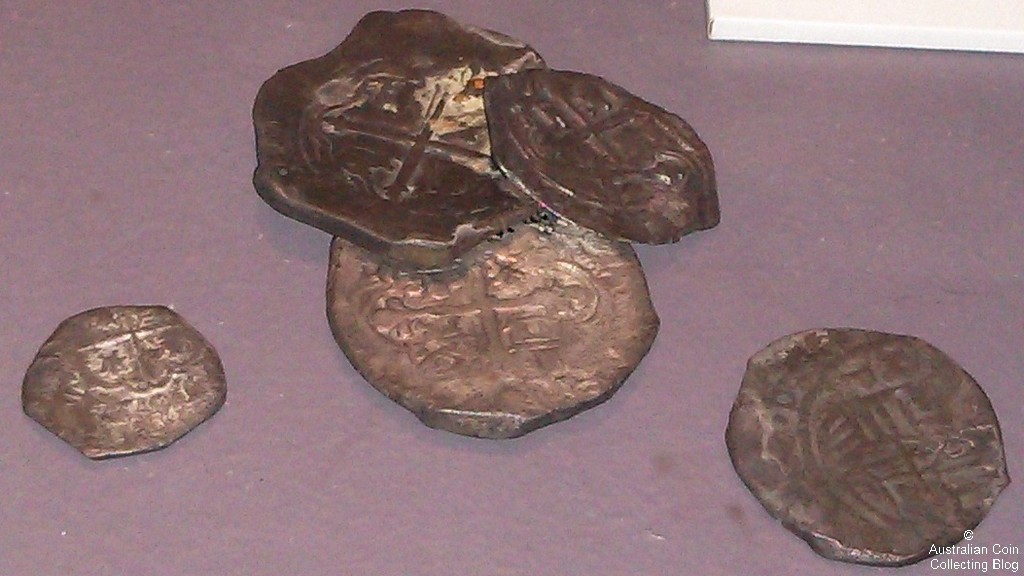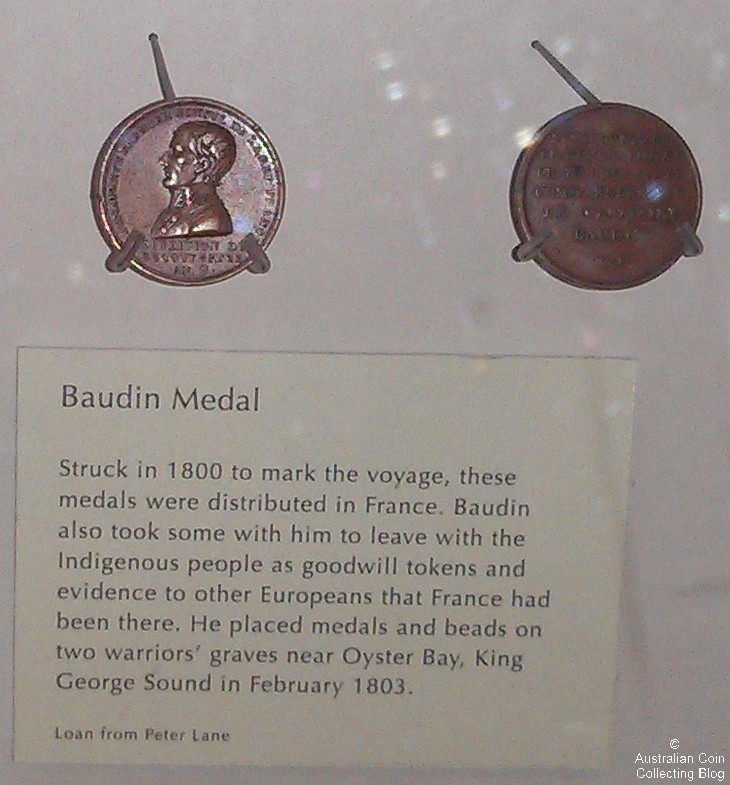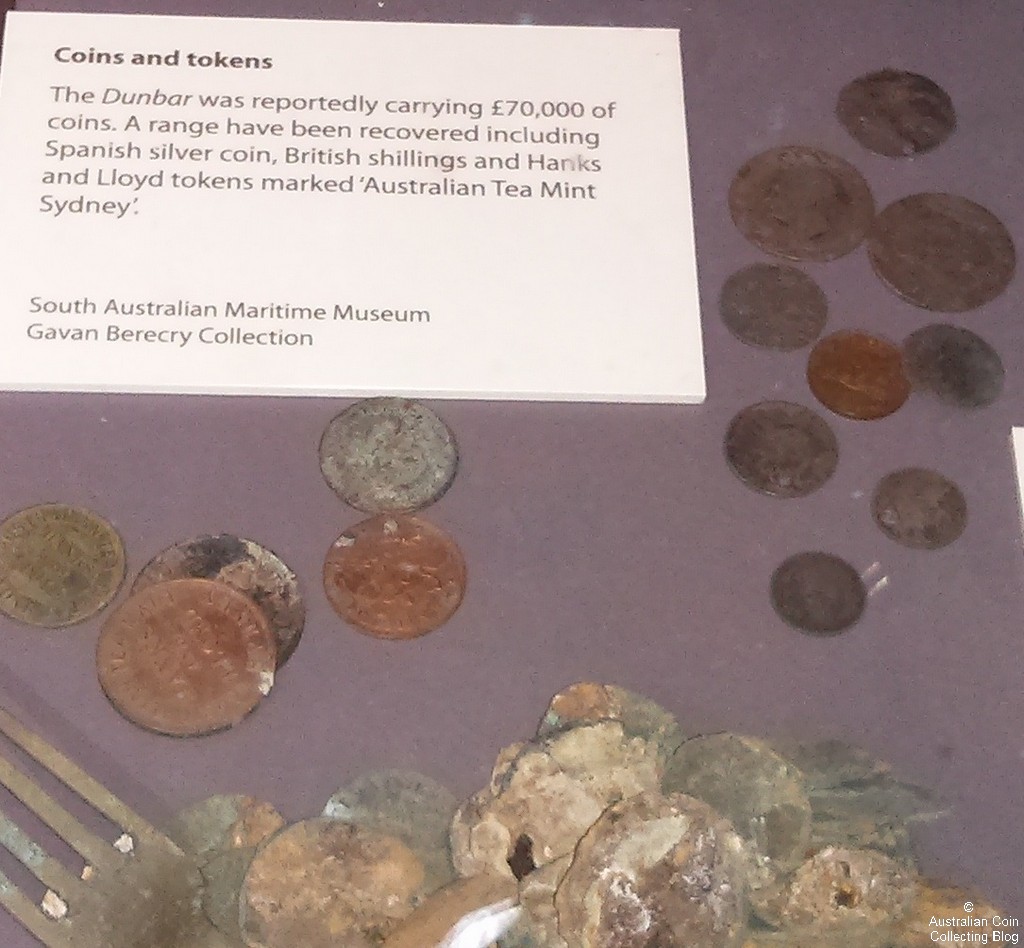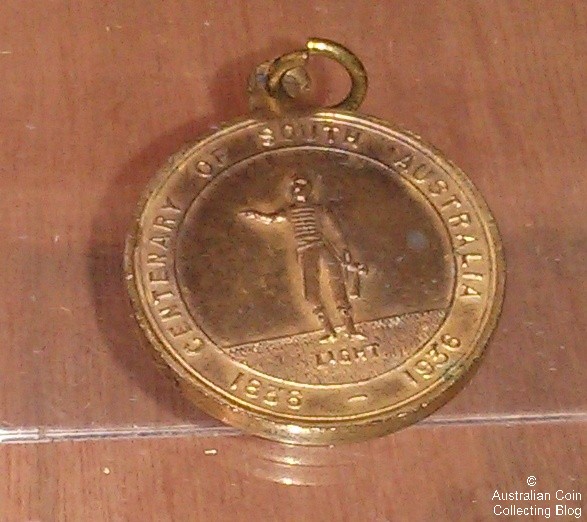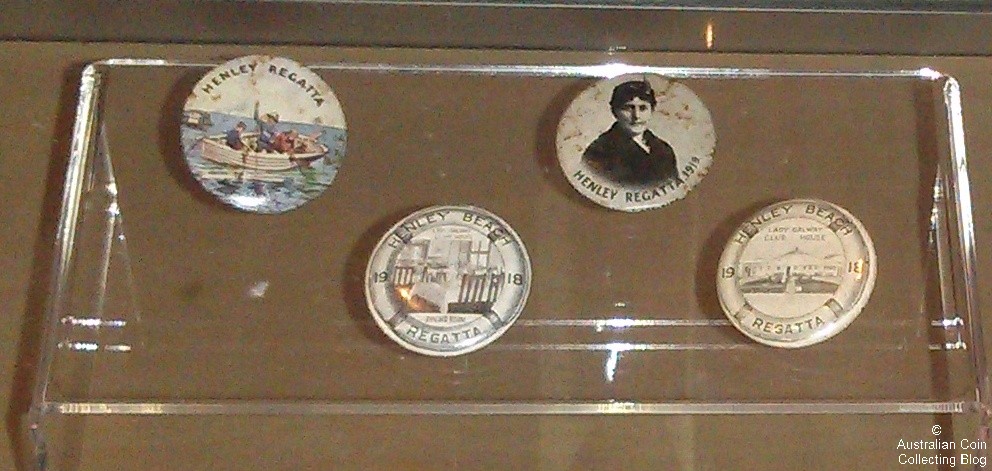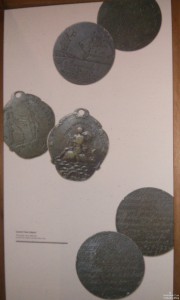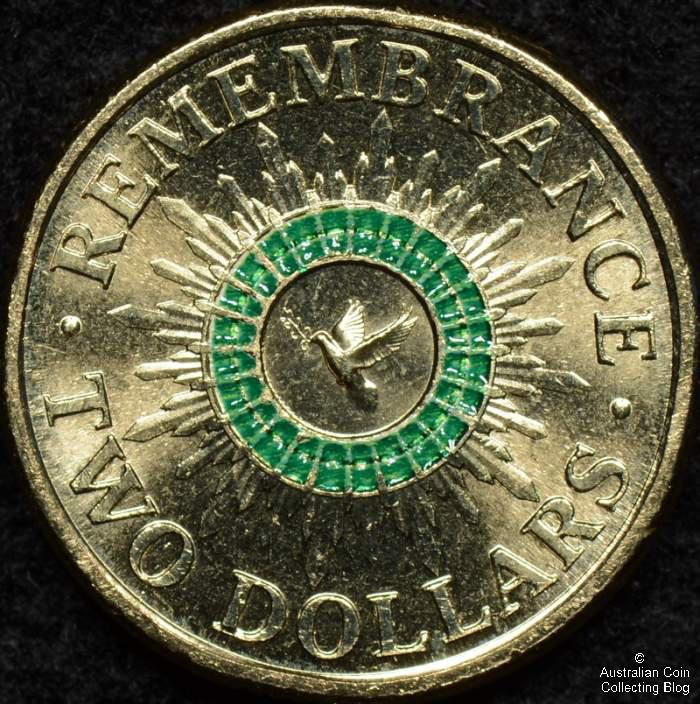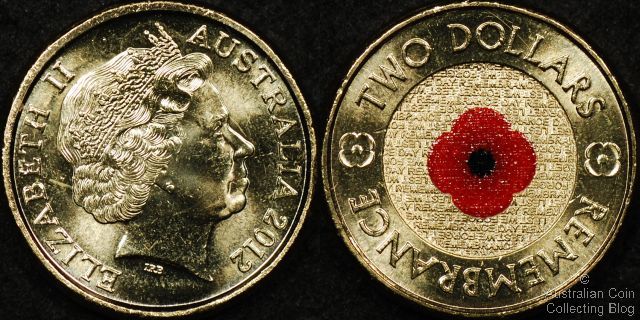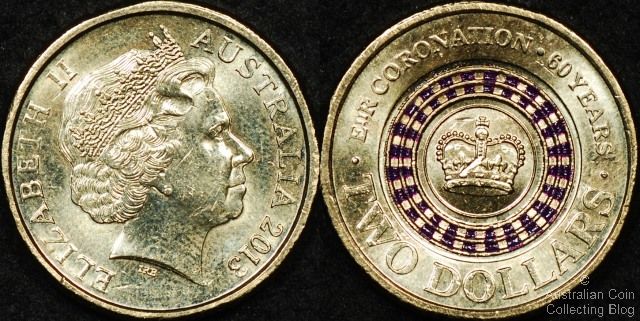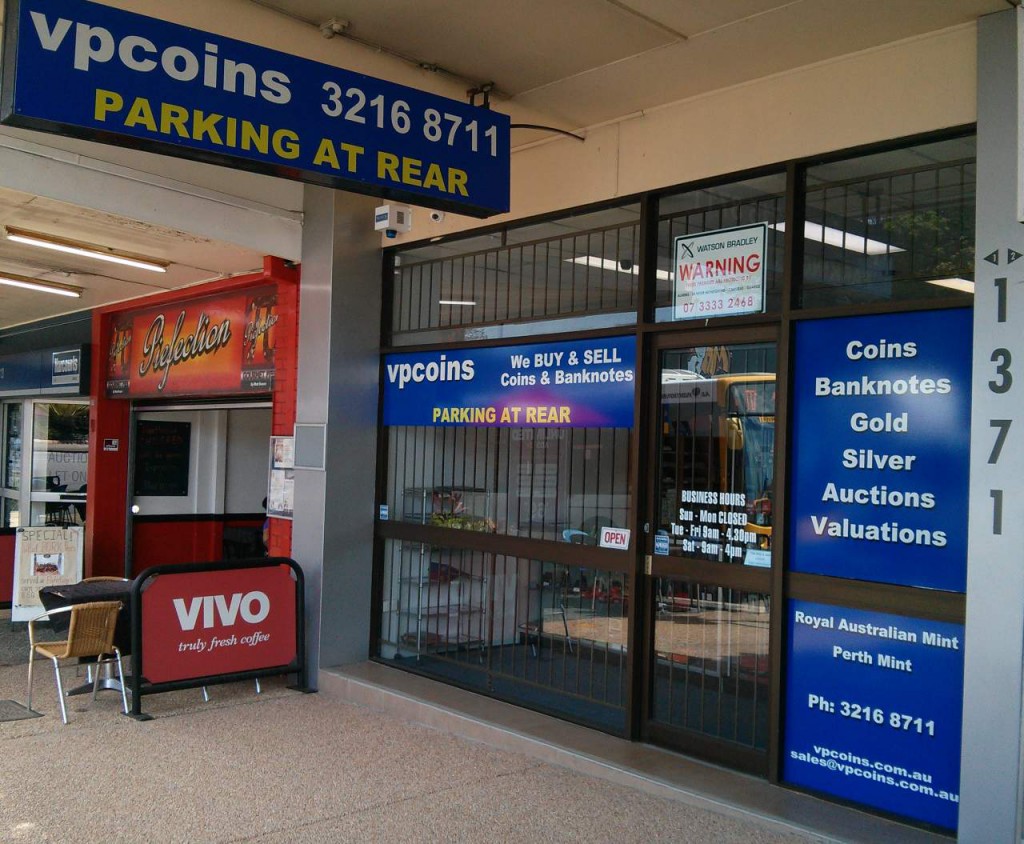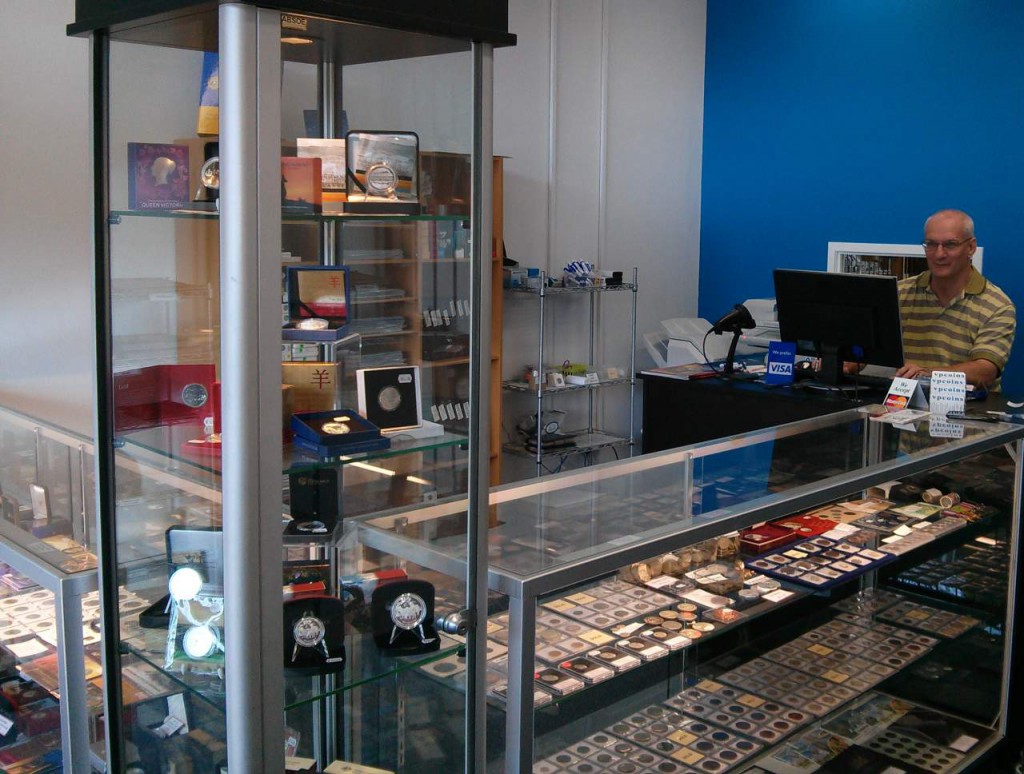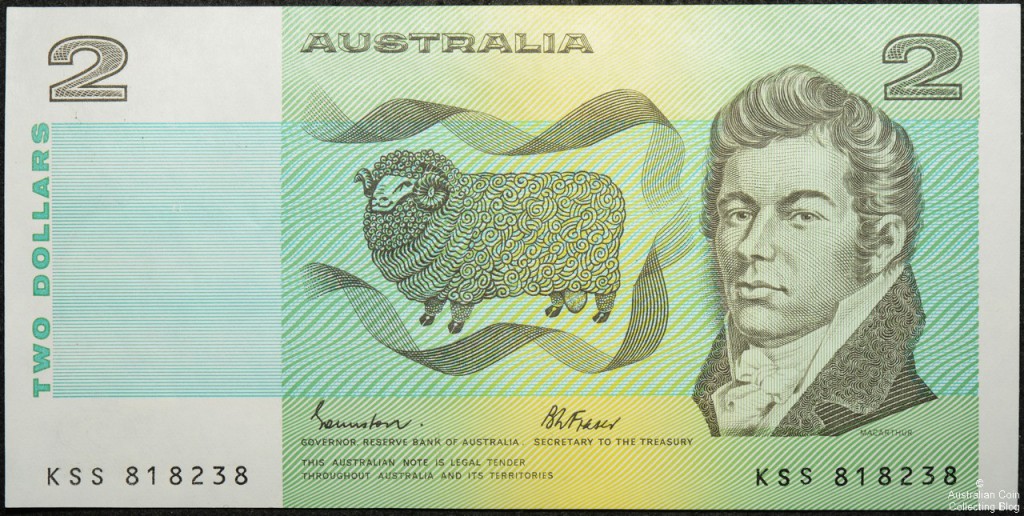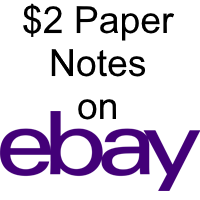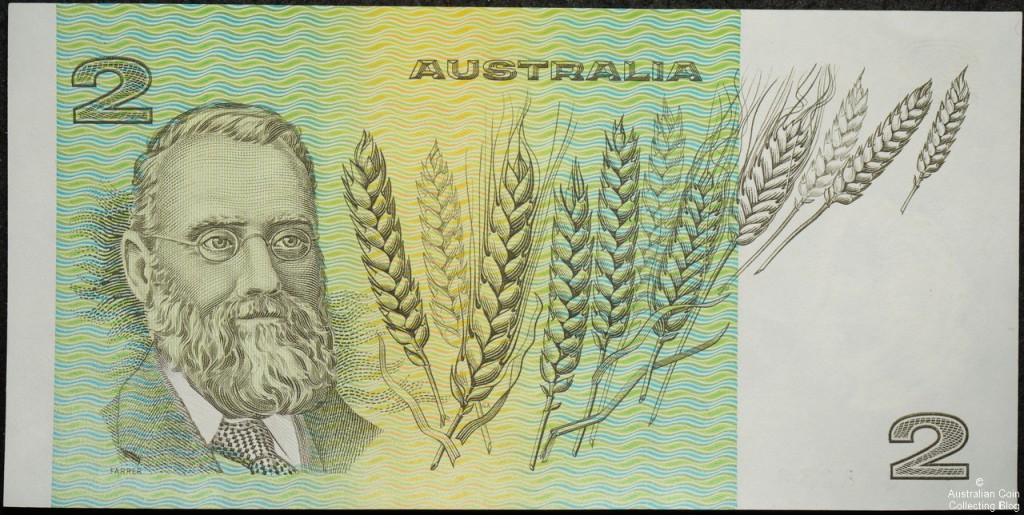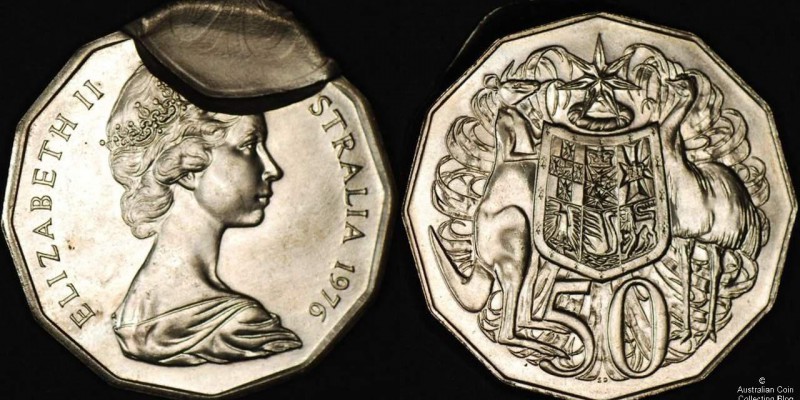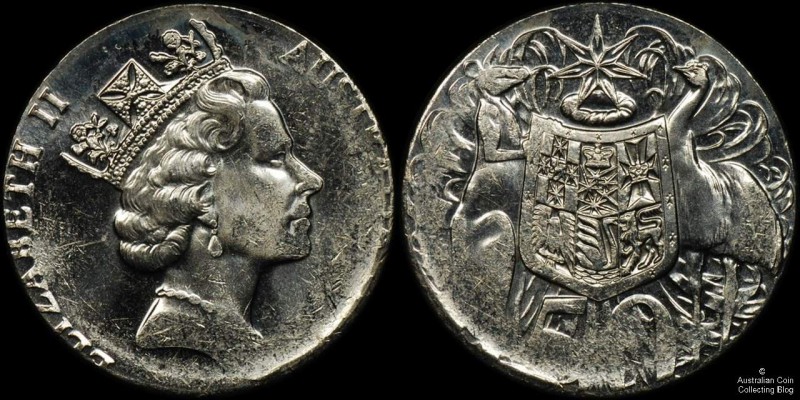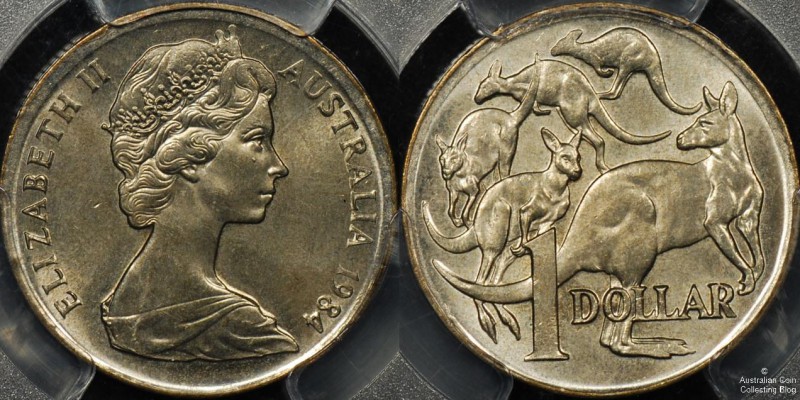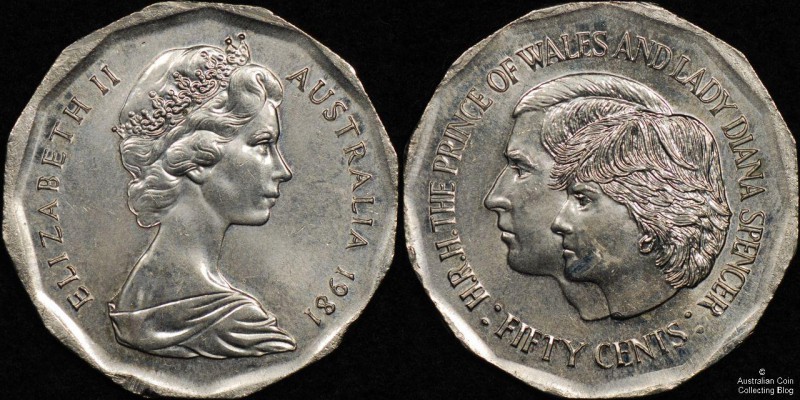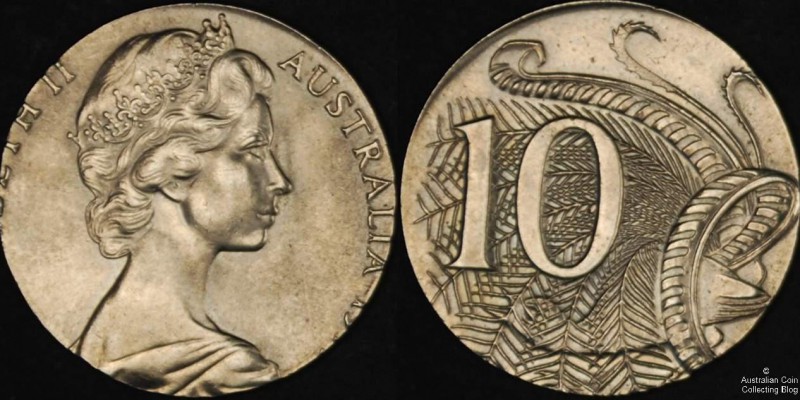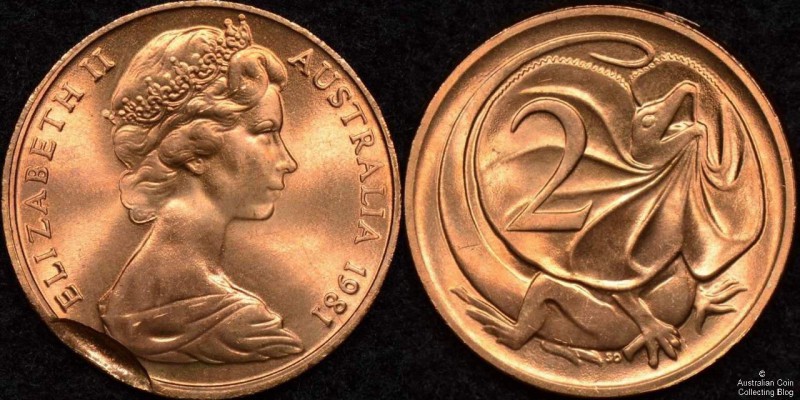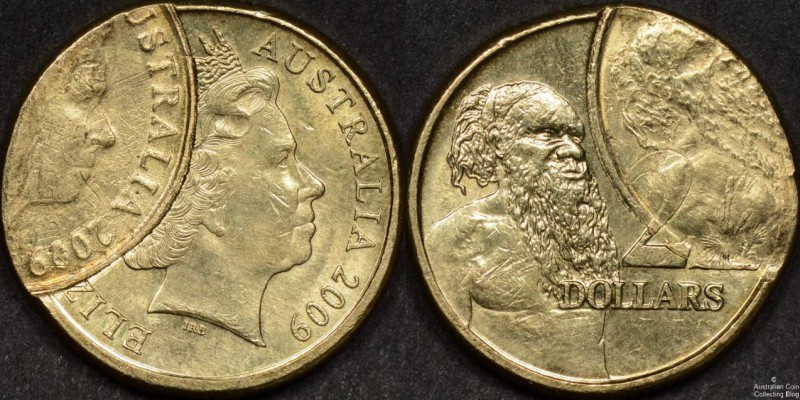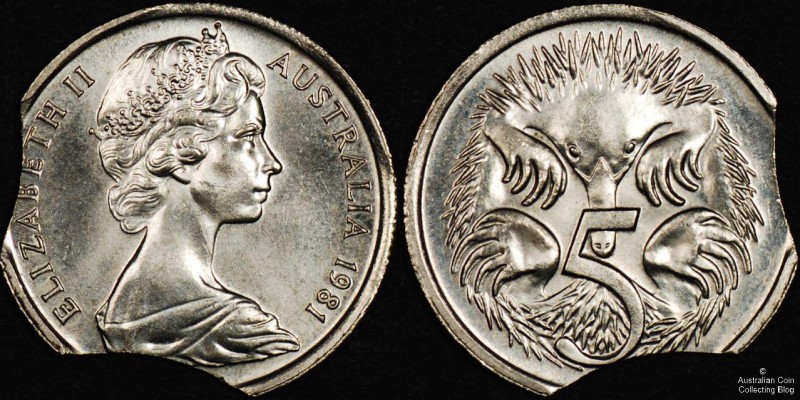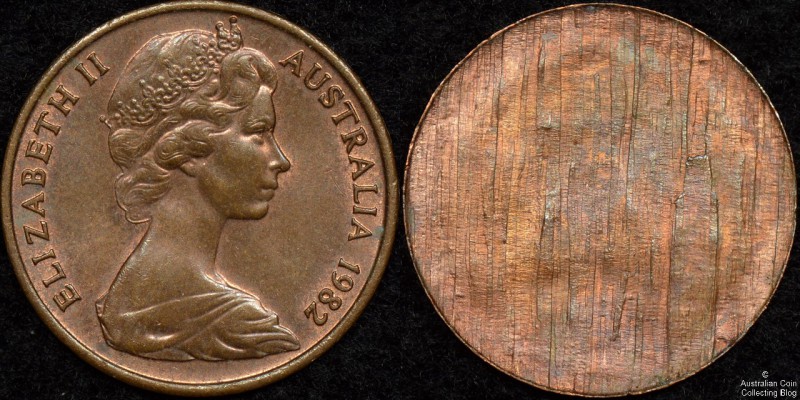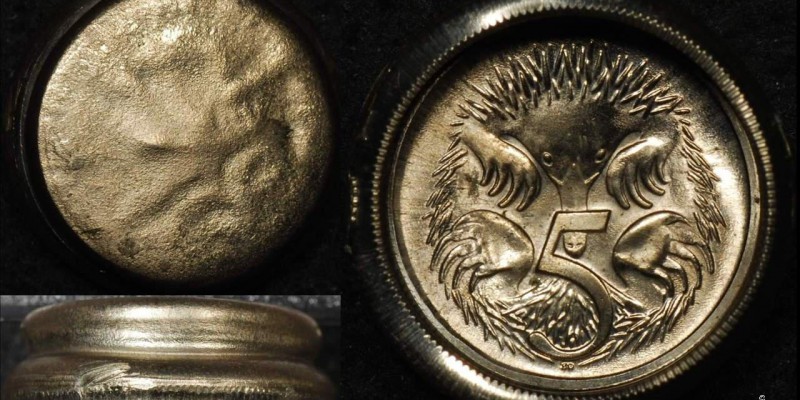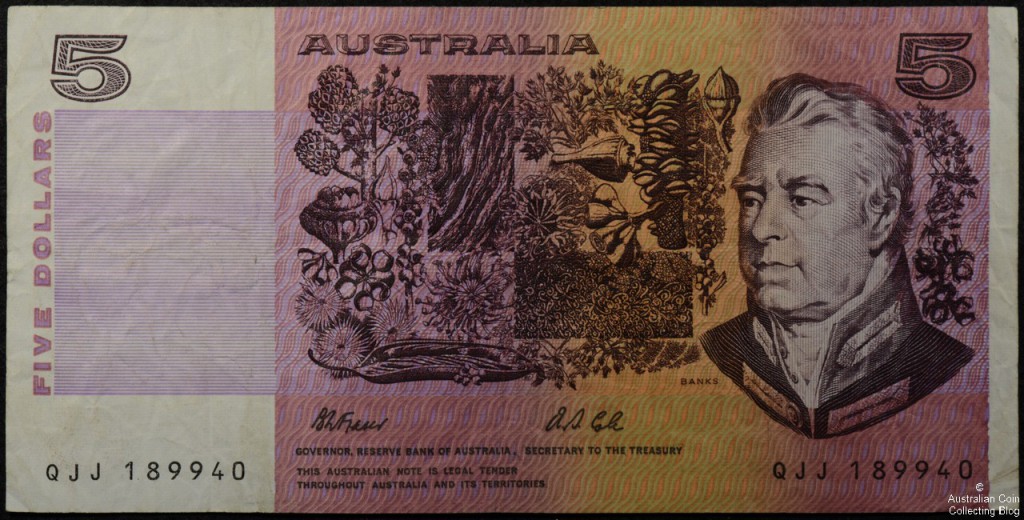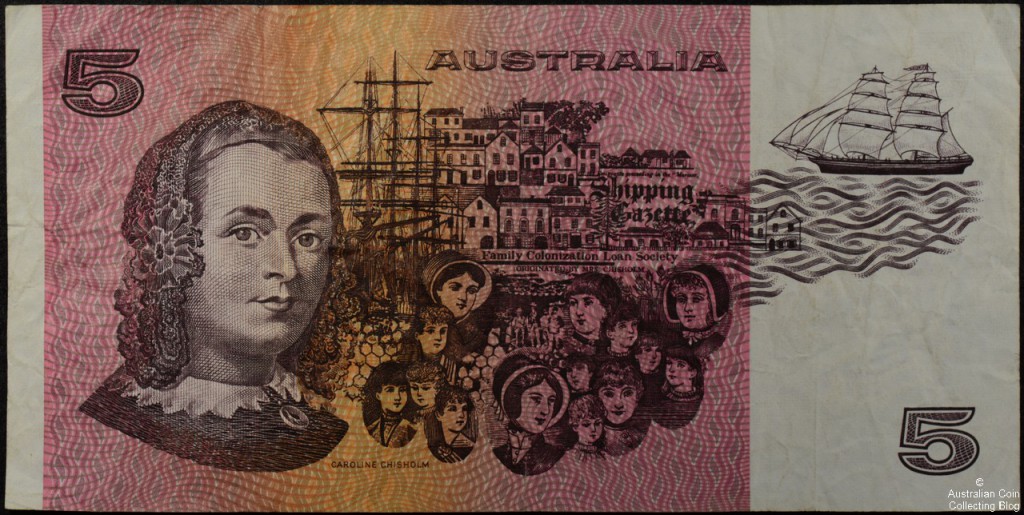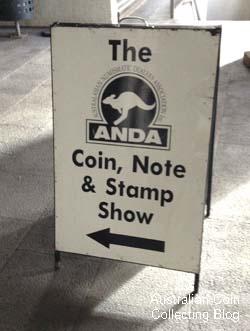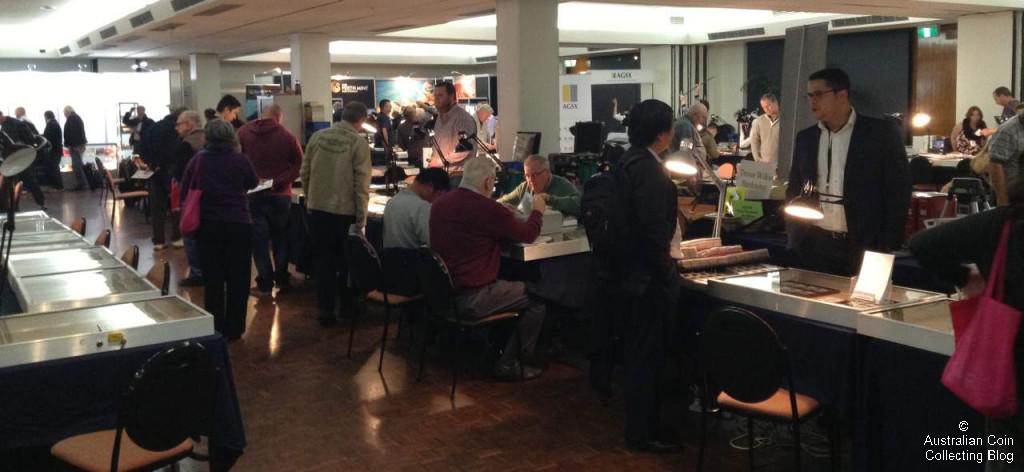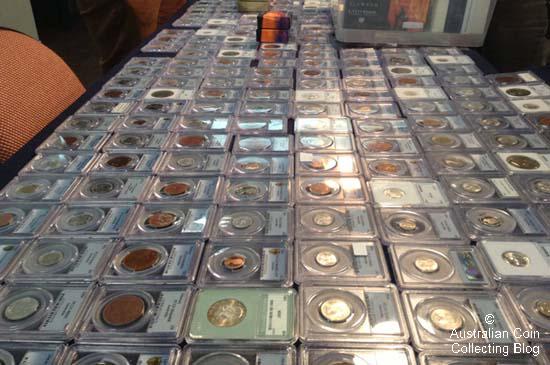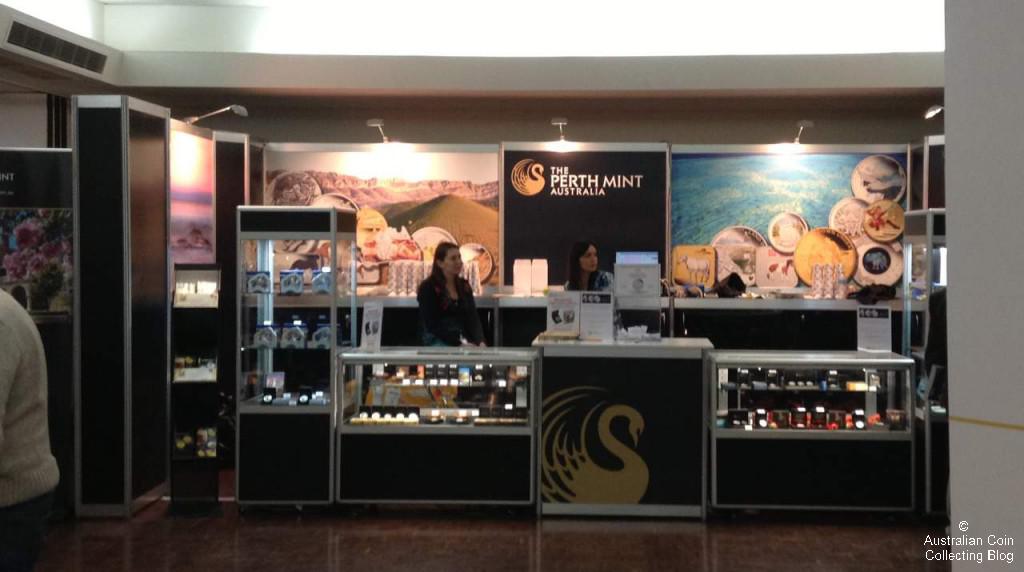Third party graded coins are proving increasingly popular with collectors, particularly those graded by PCGS (Professional Coin Grading Service). For a fee they will grade your coin on the Sheldon scale of 1-70, with 70 being the highest grade achievable. Few coins will achieve the highest 70 grade and for a lot of denominations and dates it’s something that we’ll never see. For modern proof coins well-packaged direct from the Mint this is a possible grade if you search many sets to find the perfect coin.
Among near perfect PR67, PR68 and PR69 PCGS graded Australian decimal proofs stood some perfect examples graded PR70DC in the most recent Numisbid online auction and they wowed us with their realised prices. We spoke of the 1983 50 cent proof in a previous article but it’s worth taking a step back and viewing the broader results of these proof decimal coins. The proof 50c which sold for $3,403.50 was the standout but the proof 1 cent PR70RDDC sold for $900, the 5 cent PR70DC sold for $550 and the 10 cent PR70DC sold for $706, again bid up to a high level with competition. Compare these with denominations from the same year with a one point lower grade, a PR69DC 20 cent selling for $35 and the 2 cent PR69RDDC selling for $95. Looking broadly at these prices it’s clear the top grade is fiercely contended in a bidding situation.
And so it should be. As easy as it might seem to buy a set and get it slabbed it’s not that simple and often it will seem like pot luck that a coin makes a 70 grade. To look at those two coins in hand you probably couldn’t immediately pick the 70 grade. But the highest grade coin will be flawless with immaculate surfaces and strike and no spots, bumps or imperfections. Certainly a coin you want to keep.
It’s these top population coins that will keep you at the top of the PCGS set registry. What is the set registry? Anyone can join and add their PCGS graded coins to their sets on the PCGS website which will compare your sets with others. Collectors are always seeking to better their coins to increase their rankings on the set registry. It’s really just a higher class of the age old collecting advice “collect the best you can afford” then upgrade over time as you find better coins. Given you can’t be outdone by a coin in the top grade of PR70 it’s a great coin to get started with if you can afford it.
